
This project—Termeh Office Commercial Building—is located in Hamedan, one of Iranian historical cities. Hamedan has active urban space, which is characterized by squares and an important north-south urban axis that connects them together. This axis crosses the site from the western side.
The brief was to design a two-story building with commercial functions: a retail store on the ground floor and a private office on the first floor. The second floor (roof) should follow its neighbour’s height, in terms of the urban skyline, through a 2.5-meter-high wall. So, this project encompasses three different characters in three levels with different communication with urban space.
Since this project has different addressees for each function, the idea was connecting the functions separately and directly to the urban space. Furthermore, we need to find a vertical access solution. The separator between the functions (retail and office) recognized as the most critical part of this project to implicate as an architecture element to generate the form. That separator was the slab, which characterized from one side as an office floor and from the other side as a retail ceiling. The retail ceiling slab bended and became habitable as stairs to connect the office directly to the walkway in front.
The roof was devoted to the office as a roof garden for business ceremonies and outdoor parties. The façade is a continuous covering system made of local bricks that are patterned with local and traditional brick layering techniques, in order to match with the context.
Gallery:
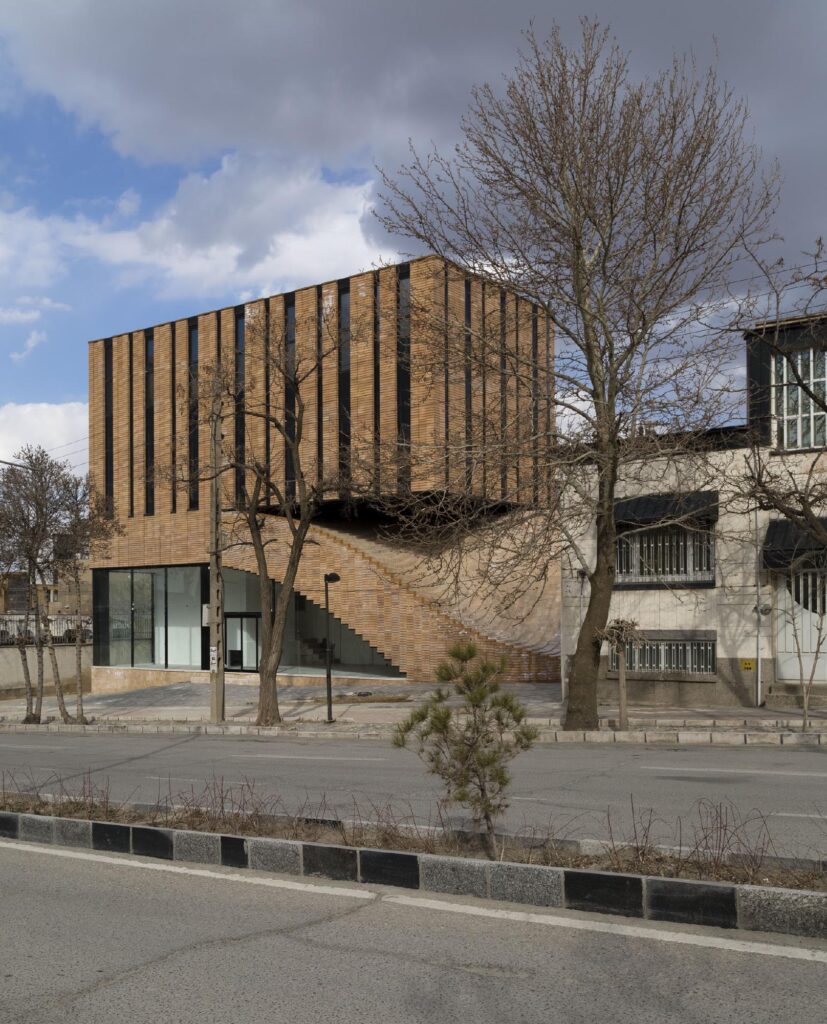

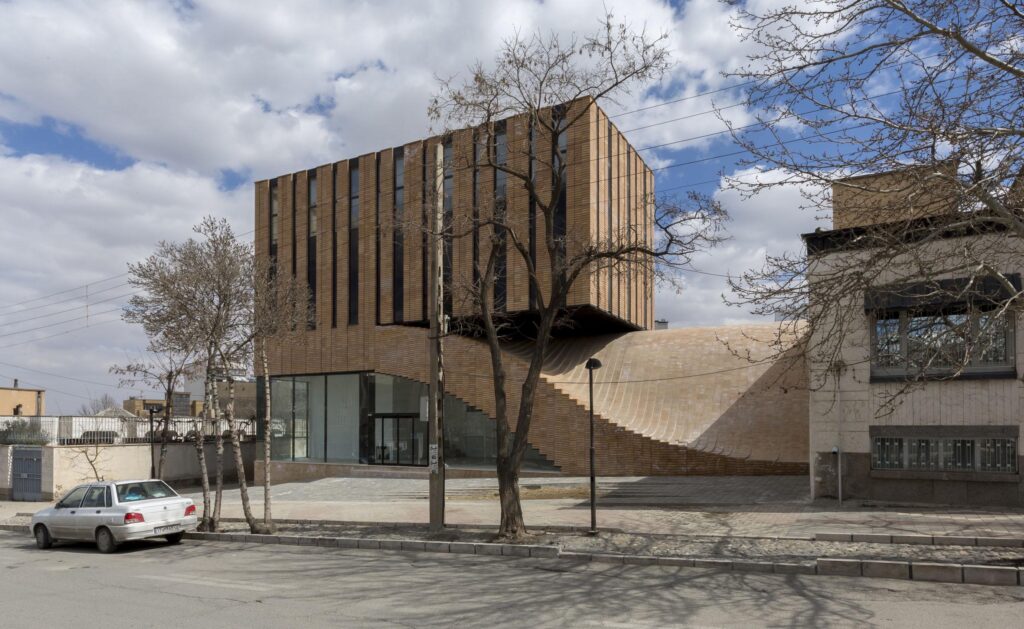

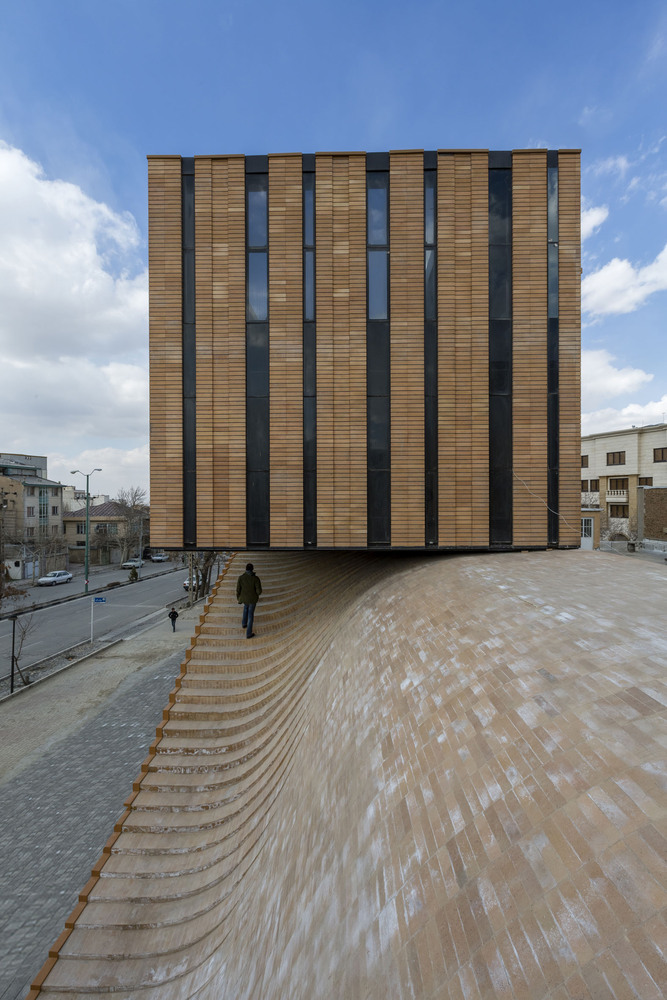

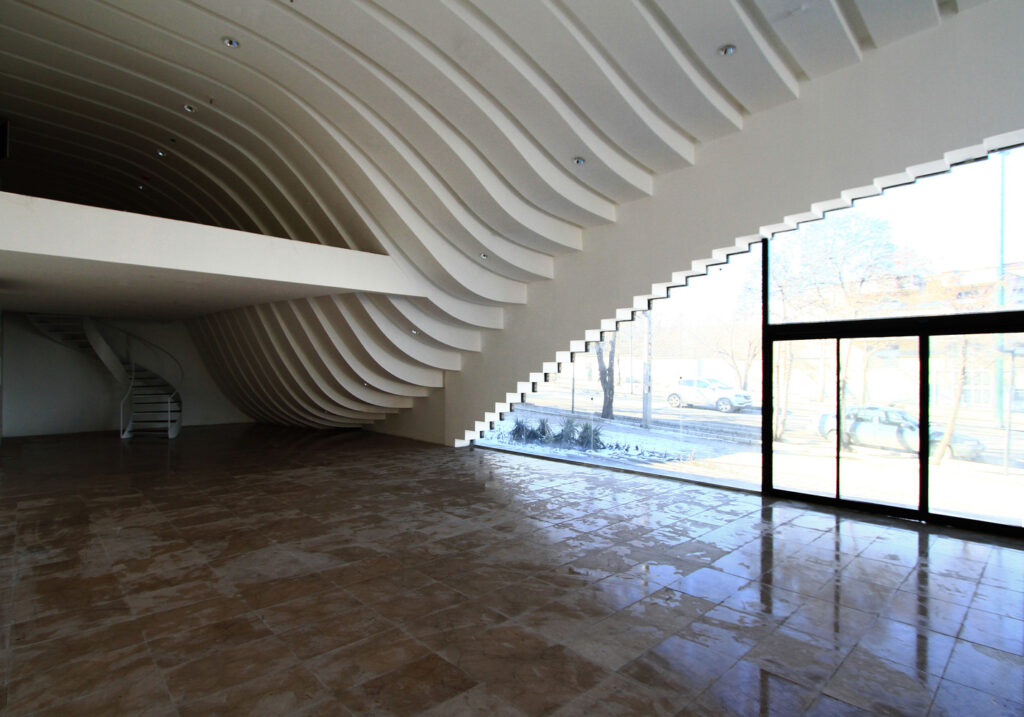
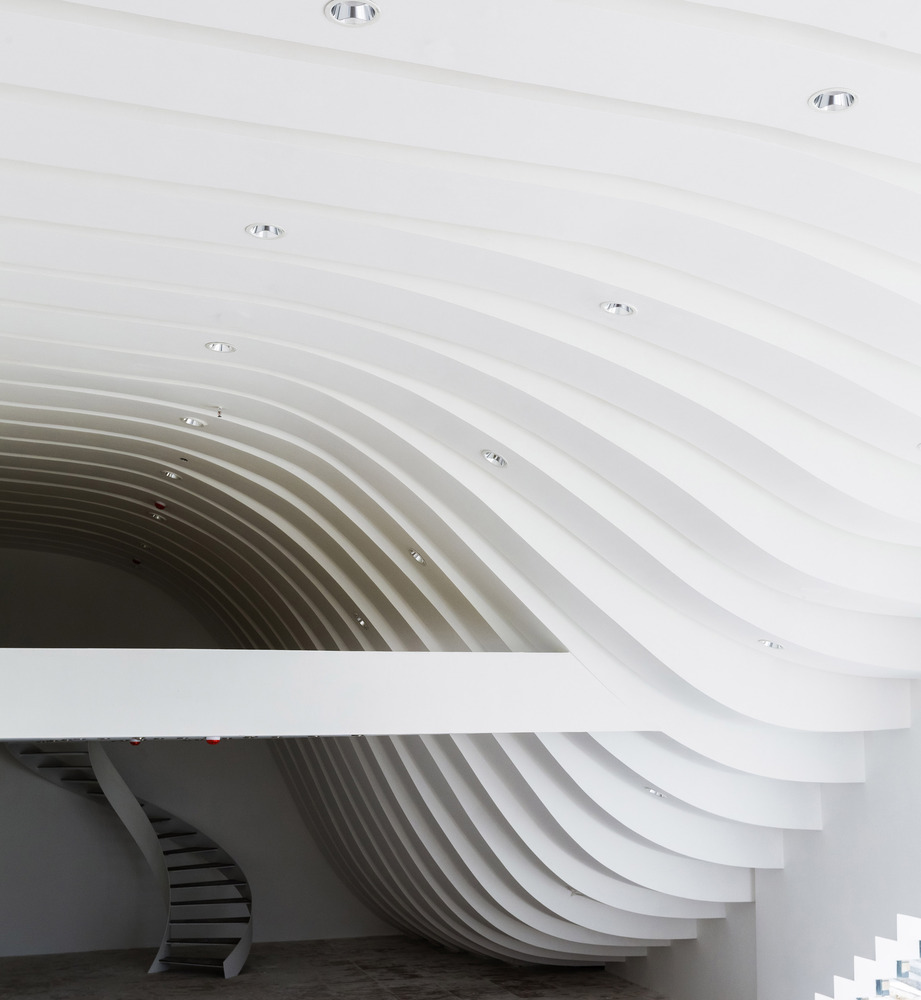
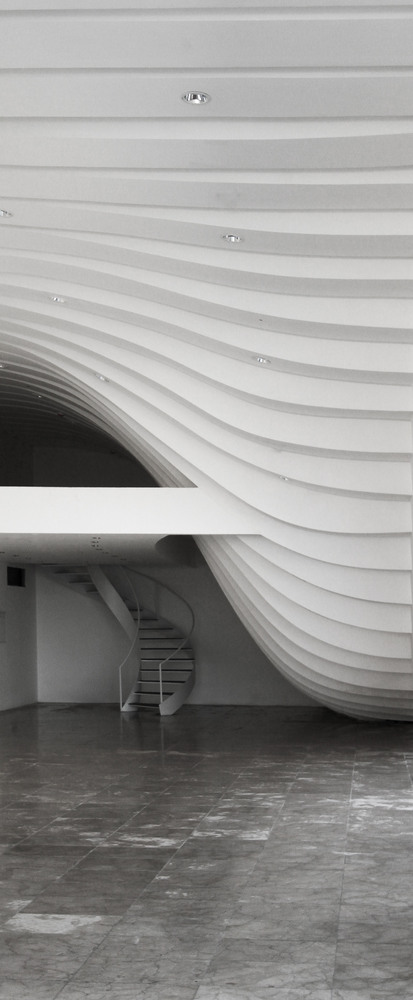


Drawings:

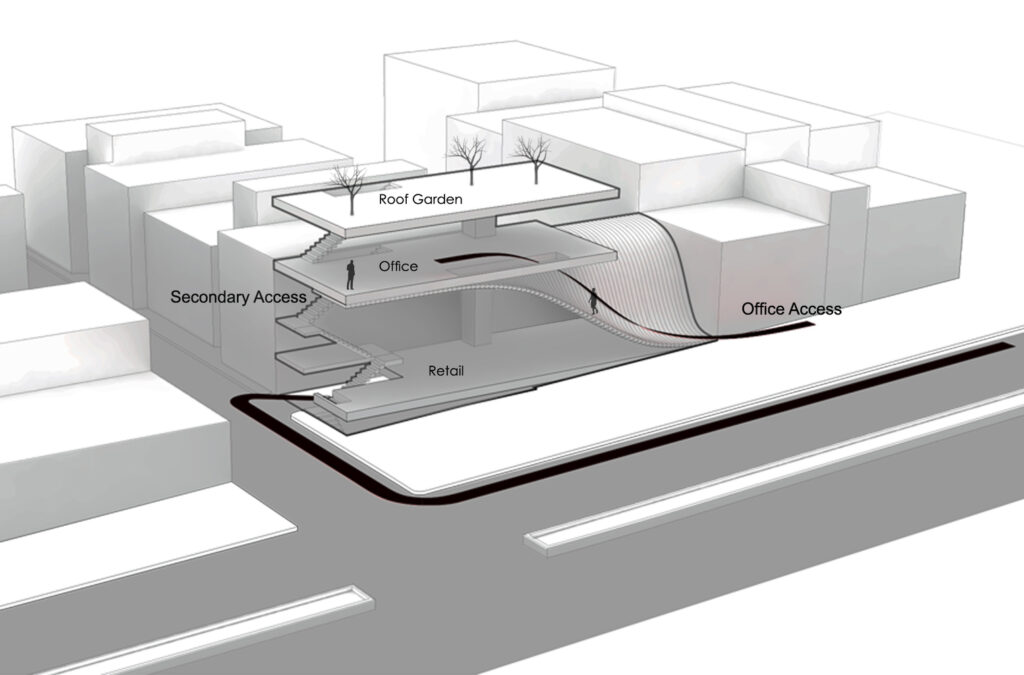



Project Details:
Name: Termeh Office Commercial Building,
Location: Hamedan, Iran
Status: Built (2015)
Typology: Office
Area: 600 sq. m.
Designed by: Farshad Mehdizadeh Architects and Ahmad Bathaei
Civil Engineer: Hooman Farokhi
Description: Farshad Mehdizadeh Architects and Ahmad Bathaei
Photographs: Parham Taghioff, Courtesy of Farshad Mehdizadeh and Ahmad Bathaei






